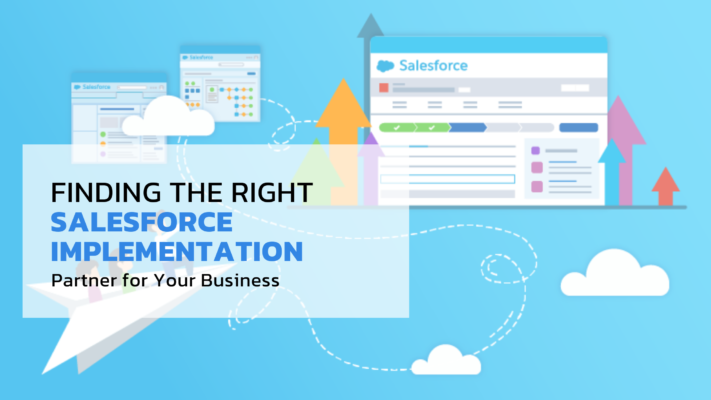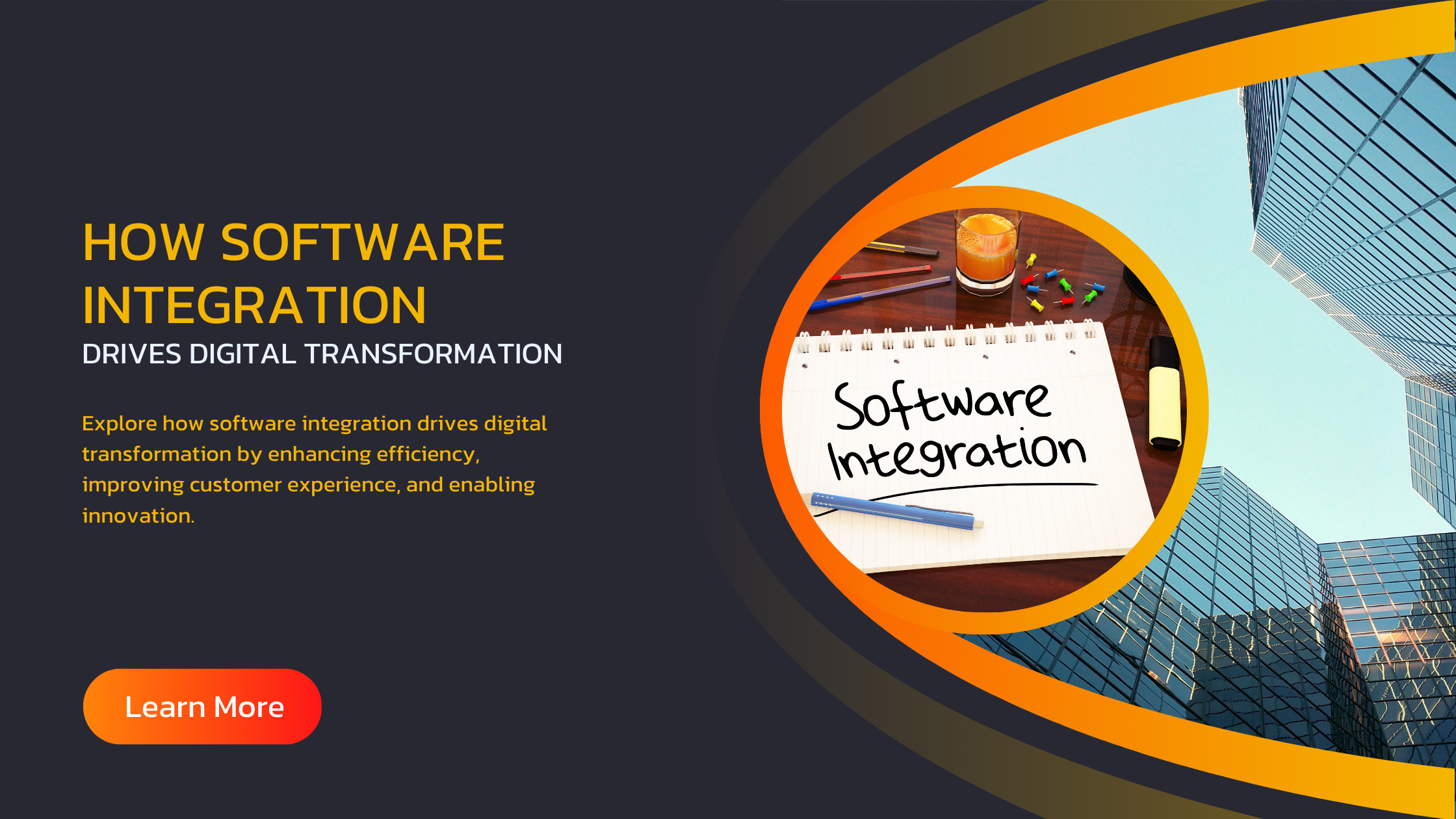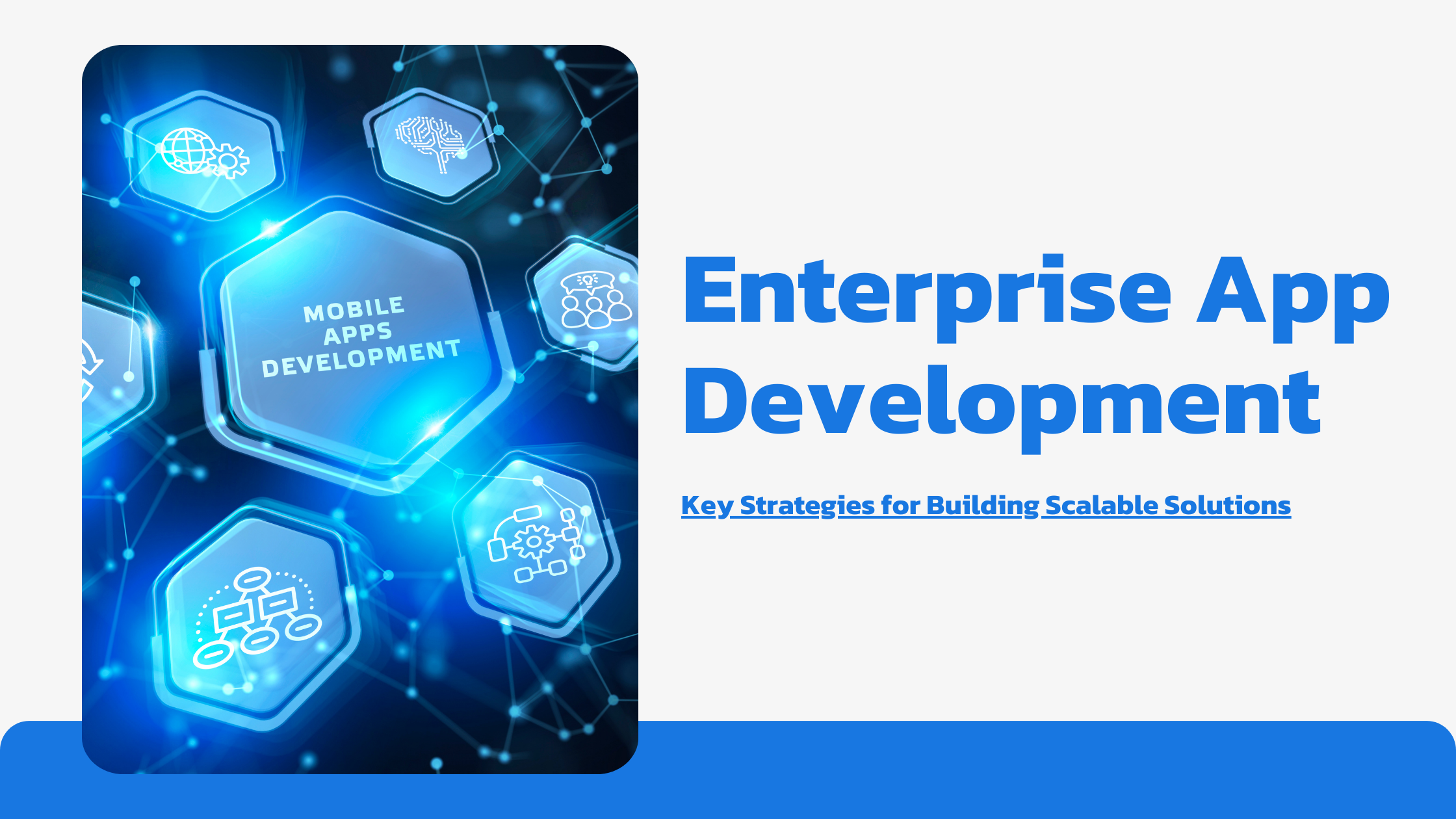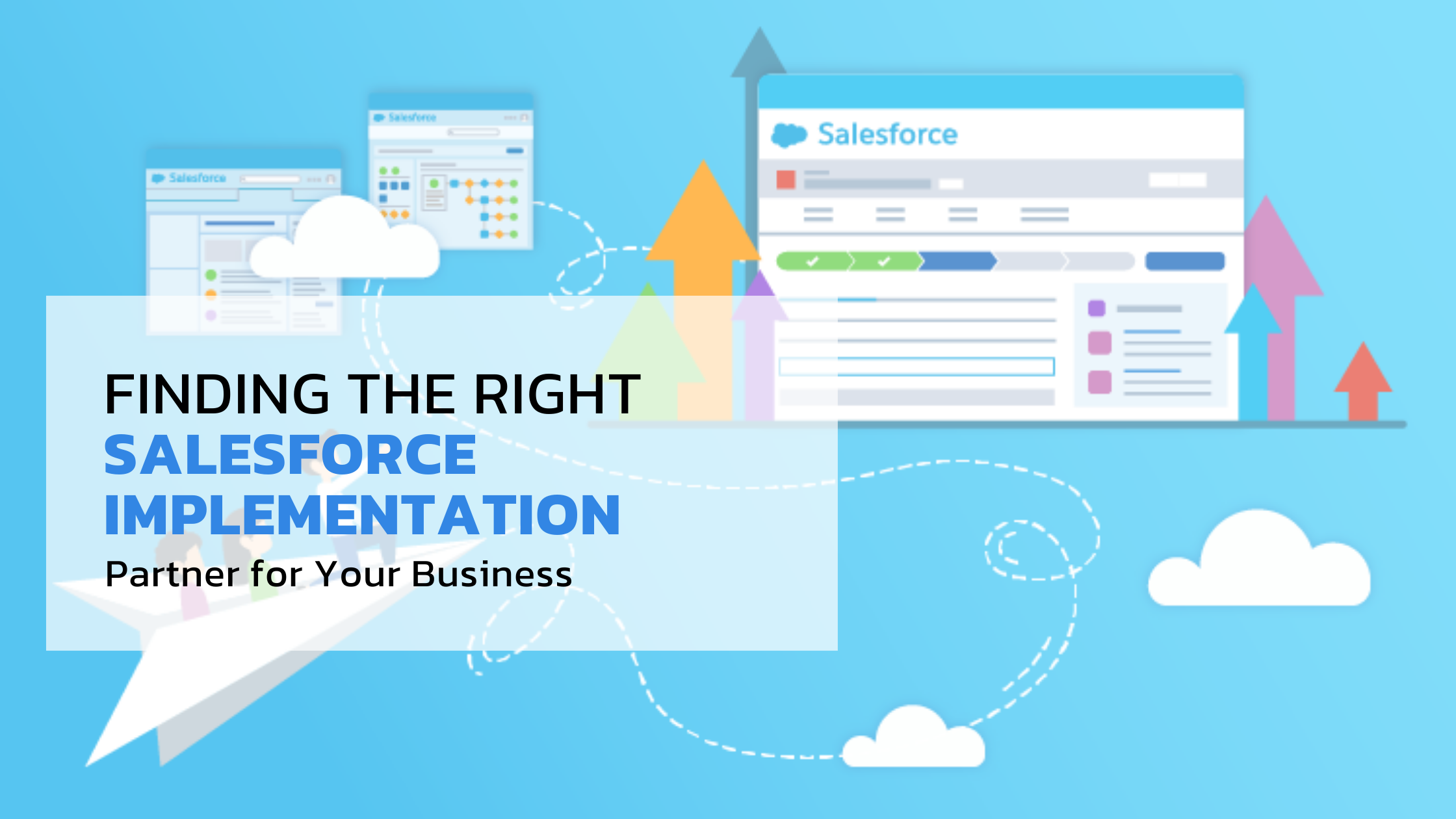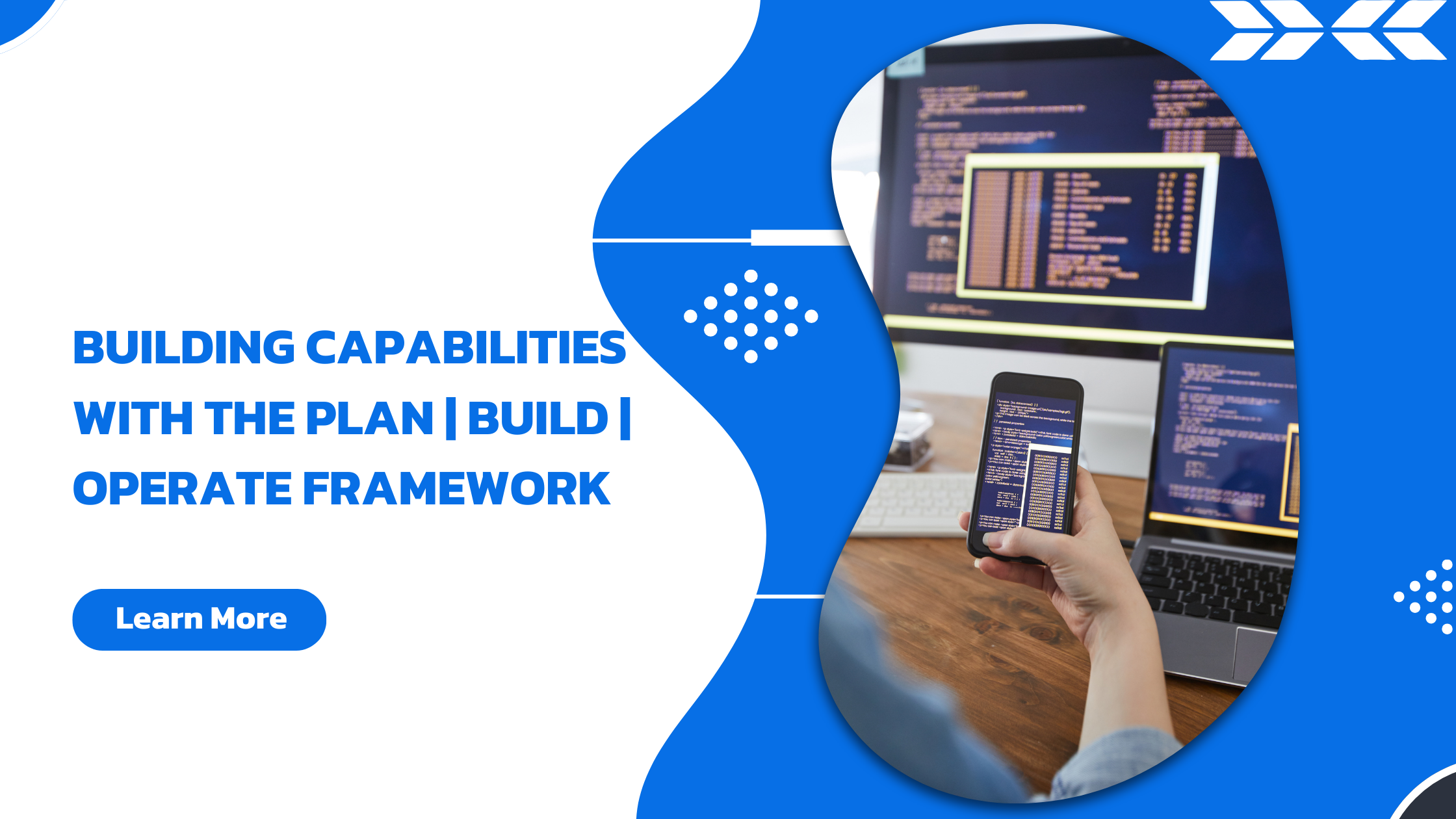
As we dive headfirst into 2024, the landscape of artificial intelligence (AI) and machine learning (ML) continues to evolve at a breakneck pace. At the heart of this evolution are the top AI frameworks that empower developers, data scientists, and businesses to create increasingly sophisticated and efficient AI solutions. These frameworks serve as the foundation upon which cutting-edge AI applications are built, and their importance in shaping the future of technology cannot be overstated.
In this comprehensive guide, we’ll explore the top AI frameworks that are making waves in 2024, examining their key features, strengths, and real-world applications. Whether you’re a seasoned AI professional or just beginning your journey into the world of machine learning, understanding these top AI frameworks is crucial for staying ahead of the curve in this rapidly advancing field.
Before we dive into our list of top AI frameworks, it’s important to understand the criteria we used to evaluate and rank these AI tools. We considered factors such as performance, ease of use, community support, documentation quality, and adoption rates in both academia and industry. Additionally, we looked at the frameworks’ ability to handle various types of AI tasks, from deep learning to natural language processing and computer vision.
Without further ado, let’s explore the top AI frameworks reshaping the AI landscape in 2024:
1. TensorFlow 3.0: The Reigning Champion
Kicking off our list of top AI frameworks is TensorFlow 3.0, the latest iteration of Google’s powerhouse machine learning library. Building on its predecessors’ success, TensorFlow 3.0 continues to dominate the AI landscape with its robust ecosystem and unparalleled flexibility.
Key Features:
– Enhanced support for distributed training on large-scale datasets
– Improved integration with cloud platforms for seamless deployment
– Advanced visualization tools for better model interpretability
– Expanded support for edge devices and mobile platforms
What sets TensorFlow apart from other top AI frameworks is its comprehensive ecosystem, which includes tools like TensorFlow Extended (TFX) for end-to-end ML pipelines and TensorFlow.js for browser-based ML. This extensive toolkit allows developers to take their AI projects from conception to deployment with a single, cohesive framework.
Real-World Applications:
TensorFlow 3.0 has found applications across various industries, from healthcare to finance. For instance, a leading pharmaceutical company used TensorFlow to develop a drug discovery platform that reduced the time to identify potential drug candidates by 30%, significantly accelerating the research and development process.
2. PyTorch 2.5: The Rising Star
PyTorch, developed by Facebook’s AI Research lab, has been steadily gaining ground among the top AI frameworks. With its 2.5 release in 2024, PyTorch has cemented its position as a go-to framework for researchers and developers alike, particularly in the realms of natural language processing and computer vision.
Key Features:
– Dynamic computational graphs for more flexible model architectures
– Improved distributed training capabilities for large-scale models
– Enhanced support for quantization and model optimization
– Seamless integration with popular data science tools like NumPy and Pandas
What distinguishes PyTorch from other top AI frameworks is its intuitive design and ease of use, making it particularly popular among researchers and those new to deep learning. Its dynamic computation graph allows for more natural debugging and experimentation, which is crucial in research settings.
Real-World Applications:
PyTorch has been widely adopted in academia and industry for cutting-edge AI research. A notable example is its use in developing state-of-the-art language models like GPT-3, which have revolutionized natural language processing tasks across various domains.
3. JAX: The High-Performance Contender
While not as widely known as some other top AI frameworks, JAX has been making significant waves in the AI community, particularly among researchers and those working on high-performance computing applications. Developed by Google Research, JAX combines the ease of use of NumPy with the power of hardware acceleration and automatic differentiation.
Key Features:
– Automatic differentiation for gradient-based optimization
– Just-in-time (JIT) compilation for improved performance
– Easy parallelization across multiple devices (TPUs, GPUs)
– Functional programming paradigm for more composable code
What sets JAX apart from other top AI frameworks is its focus on high-performance scientific computing. Its ability to easily parallelize computations across multiple devices makes it particularly well-suited for large-scale machine learning tasks and numerical simulations.
Real-World Applications:
JAX has found applications in fields requiring complex numerical computations, such as quantum chemistry and climate modeling. For instance, a research team used JAX to develop a more efficient climate prediction model, reducing computation time by 40% compared to traditional methods.
4. Keras 3.0: The User-Friendly Powerhouse
Keras has long been known for its user-friendly approach to deep learning, and with its 3.0 release, it continues to be one of the top AI frameworks for rapid prototyping and development. Now fully integrated with TensorFlow, Keras offers a high-level API that makes it easy to build and train complex neural networks.
Key Features:
– Simplified API for quick model prototyping
– Extensive library of pre-trained models for transfer learning
– Seamless integration with TensorFlow for scalability
– Enhanced support for multi-GPU and distributed training
What distinguishes Keras from other top AI frameworks is its focus on user experience and ease of use. Its intuitive API allows developers to quickly build and iterate on models, making it an excellent choice for both beginners and experienced practitioners.
Real-World Applications:
Keras has been widely adopted in various industries for its ease of use and rapid development capabilities. For example, a major e-commerce platform used Keras to develop a recommendation system that increased customer engagement by 25% and boosted sales by 15%.
5. MXNet: The Scalable Solution
Apache MXNet, backed by Amazon Web Services, has established itself as one of the top AI frameworks for scalable deep learning. In 2024, MXNet continues to offer a flexible and efficient platform for developing and deploying AI models across a wide range of devices and architectures.
Key Features:
– Hybrid front-end that supports both imperative and symbolic programming
– Automatic differentiation for complex models
– Optimized performance on both CPU and GPU architectures
– Gluon interface for easier model building and training
What sets MXNet apart from other top AI frameworks is its strong focus on scalability and portability. Its ability to efficiently run on everything from mobile devices to large-scale distributed systems makes it an attractive option for businesses looking to deploy AI solutions across diverse platforms.
Real-World Applications:
MXNet has found particular success in the realm of computer vision and large-scale image recognition tasks. A notable example is its use by a major social media platform to develop an advanced content moderation system, improving detection accuracy of inappropriate content by 35%.
6. FastAI: The Rapid Development Framework
FastAI has gained recognition as one of the top AI frameworks for its ability to simplify the process of building and training state-of-the-art models. Built on top of PyTorch, FastAI provides high-level APIs and best practices that allow developers to quickly achieve excellent results across various AI tasks.
Key Features:
– High-level APIs for common AI tasks (computer vision, NLP, tabular data)
– Built-in support for advanced training techniques (learning rate finders, mixed precision training)
– Extensive library of pre-trained models for transfer learning
– Integrated data augmentation and preprocessing tools
What distinguishes FastAI from other top AI frameworks is its focus on making advanced AI techniques accessible to a broader audience. Its “top-down” approach to teaching and development allows practitioners to quickly achieve state-of-the-art results before diving into the underlying details.
Real-World Applications:
FastAI has been particularly successful in enabling rapid prototyping and development of AI solutions. For instance, a healthcare startup used FastAI to develop a medical imaging analysis system in just two months, achieving accuracy comparable to systems that took years to develop using traditional methods.
7. Hugging Face Transformers: The NLP Powerhouse
While not a traditional framework in the same vein as some other entries on our list of top AI frameworks, Hugging Face Transformers has become an indispensable tool for natural language processing tasks. In 2024, it continues to be the go-to library for working with state-of-the-art language models.
Key Features:
– Extensive collection of pre-trained language models
– Easy-to-use APIs for fine-tuning and inference
– Support for multiple backend frameworks (TensorFlow, PyTorch)
– Advanced tools for model compression and optimization
What sets Hugging Face Transformers apart from other top AI frameworks is its focus on making cutting-edge NLP models accessible to a wide range of users. Its extensive model hub and user-friendly APIs have democratized access to advanced language AI capabilities.
Real-World Applications:
Hugging Face Transformers has found applications across various industries requiring advanced text processing capabilities. A notable example is its use by a major news organization to develop an AI-powered content summarization and tagging system, improving content discovery and reader engagement by 40%.
8. Scikit-learn: The Machine Learning Swiss Army Knife
While some might argue that Scikit-learn is more of a machine learning library than a full-fledged framework, its importance in the AI ecosystem cannot be overstated. In 2024, Scikit-learn remains one of the top AI frameworks for traditional machine learning tasks, offering a wide range of algorithms and tools for data preprocessing, model selection, and evaluation.
Key Features:
– Comprehensive collection of classical machine learning algorithms
– Extensive tools for data preprocessing and feature engineering
– Model selection and evaluation utilities
– Seamless integration with other scientific Python libraries
What distinguishes Scikit-learn from other top AI frameworks is its focus on classical machine learning techniques and its emphasis on ease of use and consistency. Its well-designed API and extensive documentation make it an excellent choice for both beginners and experienced practitioners working on traditional ML tasks.
Real-World Applications:
Scikit-learn has found applications across various industries for tasks ranging from customer churn prediction to fraud detection. For example, a financial institution used Scikit-learn to develop a credit scoring model that improved loan approval accuracy by 20% while reducing processing time by 30%.
9. Ray: The Distributed Computing Framework
As AI models and datasets continue to grow in size and complexity, distributed computing has become increasingly important. Ray has emerged as one of the top AI frameworks for building and scaling distributed applications, particularly in the realm of reinforcement learning and large-scale machine learning.
Key Features:
– Flexible API for distributed computing
– Built-in support for reinforcement learning (RLlib)
– Distributed hyperparameter tuning (Ray Tune)
– Seamless integration with popular ML frameworks like TensorFlow and PyTorch
What sets Ray apart from other top AI frameworks is its focus on distributed computing and its ability to scale AI workloads across large clusters. Its modular design allows developers to easily parallelize existing code and build complex distributed systems.
Real-World Applications:
Ray has found particular success in industries requiring large-scale simulations and reinforcement learning. For instance, an autonomous vehicle company used Ray to develop and train their self-driving algorithms, reducing training time by 60% compared to their previous non-distributed approach.
10. ONNX: The Interoperability Standard
While not a framework in the traditional sense, ONNX (Open Neural Network Exchange) has become an increasingly important player among the top AI frameworks. As an open standard for representing machine learning models, ONNX allows for seamless interoperability between different frameworks and deployment platforms.
Key Features:
– Framework-agnostic model representation
– Support for a wide range of operators and model types
– Tools for model optimization and inference
– Extensive ecosystem of supported frameworks and platforms
What distinguishes ONNX from other top AI frameworks is its focus on interoperability and standardization. By providing a common format for AI models, ONNX enables developers to easily switch between frameworks and deploy models across different platforms without the need for extensive rewriting.
Real-World Applications:
ONNX has found applications in various industries where model portability and deployment flexibility are crucial. For example, a major cloud provider used ONNX to develop a platform that allows customers to easily deploy AI models from various frameworks to edge devices, reducing deployment time by 50% and improving model performance across different hardware configurations.
Conclusion: Navigating the Landscape of Top AI Frameworks
As we’ve explored in this comprehensive guide, the ecosystem of top AI frameworks in 2024 is rich and diverse, offering solutions for a wide range of AI and machine learning tasks. From general-purpose frameworks like TensorFlow and PyTorch to specialized tools like Hugging Face Transformers and Ray, these frameworks are driving innovation and enabling the development of increasingly sophisticated AI applications across various industries.
When considering which of these top AI frameworks to adopt for your projects, it’s essential to carefully evaluate your specific needs, existing infrastructure, and long-term goals. While some frameworks offer comprehensive solutions for a wide range of AI tasks, others excel in specific domains or provide unique capabilities that may be particularly well-suited to your use case.
Regardless of which top AI frameworks you choose to work with, one thing is clear: the field of AI and machine learning is evolving at a rapid pace, and staying up-to-date with the latest tools and techniques is crucial for success in this dynamic landscape. By leveraging these powerful frameworks, developers and organizations can push the boundaries of what’s possible with AI, driving innovation and solving complex problems across various domains.
As you navigate the complex ecosystem of top AI frameworks and look to implement AI solutions in your organization, consider partnering with experienced professionals who can guide you through the process. Upcore Technologies offers comprehensive AI consulting and development services, helping businesses leverage the power of these top AI frameworks to drive innovation and achieve their strategic objectives. With deep expertise in the latest AI technologies and a proven track record of successful implementations, Upcore Technologies can help you select the right frameworks and build custom AI solutions tailored to your unique needs.
In conclusion, the top AI frameworks we’ve explored in this guide represent the cutting edge of AI and machine learning technology in 2024. As these frameworks continue to evolve and new ones emerge, staying informed about the latest developments and regularly reassessing your technology stack will be crucial for maintaining a competitive edge in the AI-driven world of tomorrow. By embracing these top AI frameworks and fostering a culture of continuous learning and innovation within your organization, you’ll be well-positioned to harness the transformative power of AI and drive success in the years to come.


